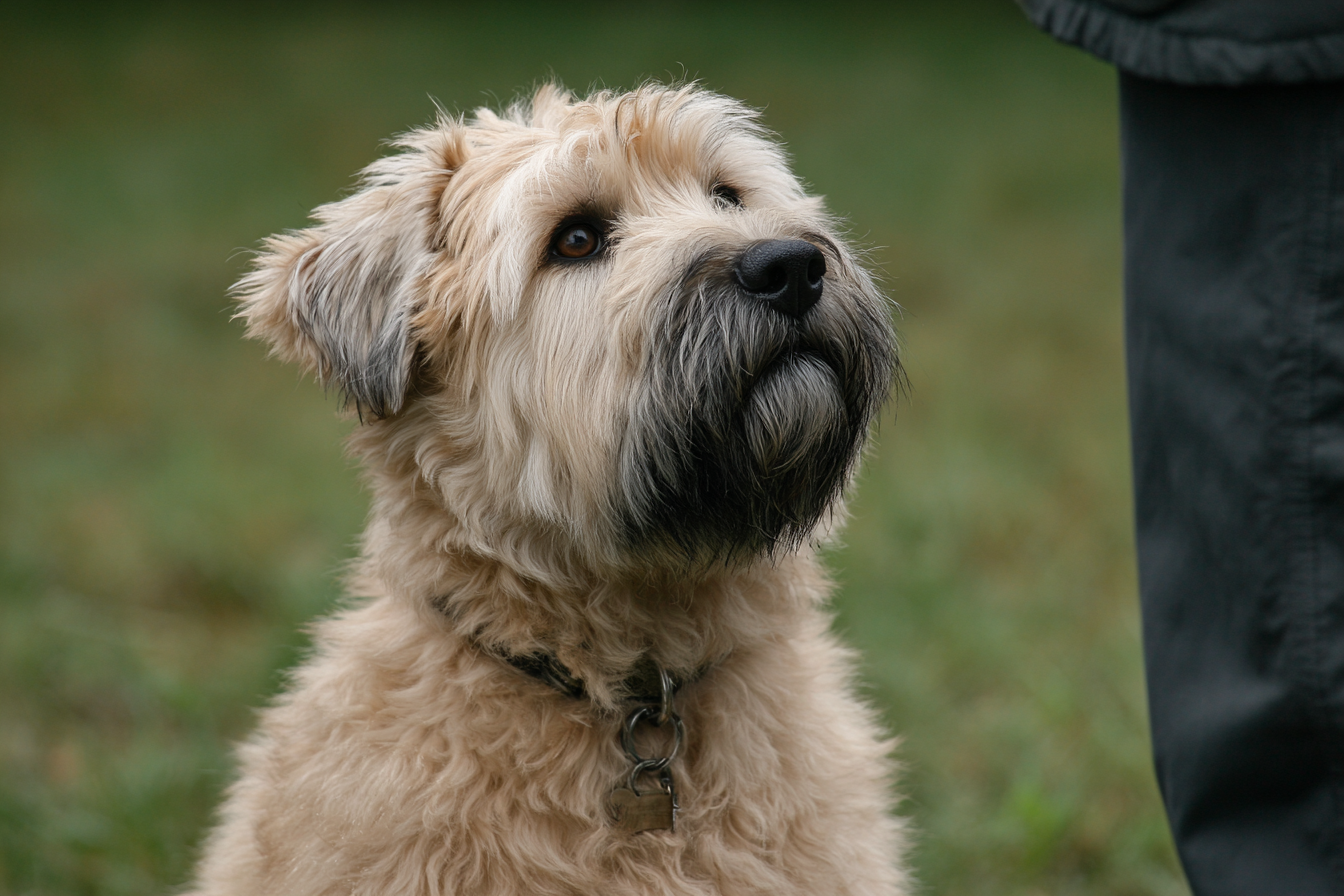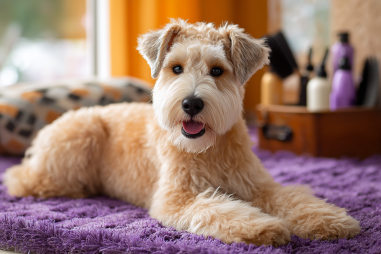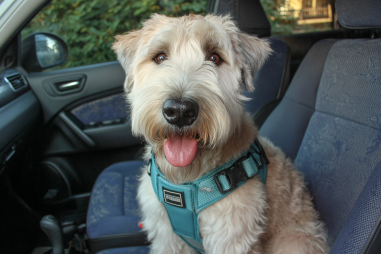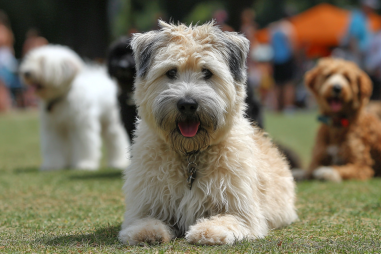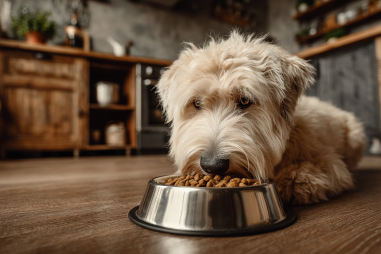Training a Soft Coated Wheaten Terrier is an enriching journey that taps into the breed’s playful spirit and intelligence. Known for their friendly nature and lively demeanor, Wheatens respond best to training methods that respect their sensitivity and harness their natural curiosity. By adopting strategies tailored specifically to this breed, you can nurture not only obedience but also deepen the bond you share with your furry companion. Whether you’re just starting out or looking to refine your existing approach, this guide explores effective training techniques that highlight the best of Soft Coated Wheaten Terriers.
Understanding Breed Intelligence and Motivation
The Soft Coated Wheaten Terrier is renowned for its keen intelligence and quick learning ability. However, intelligence alone doesn’t guarantee easy training; motivation plays a key role. Wheatens are energetic and responsive dogs that enjoy engaging activities and mental challenges. Understanding what drives your Wheaten—whether it’s food rewards, praise, play, or a combination—will help you tailor your training approach effectively.
This breed thrives on positive interaction and often seeks human companionship, which makes social rewards highly motivating. Unlike working dogs that respond to strict commands, Wheatens prefer a more gentle and encouraging teaching style. Patience and consistency are crucial since they can sometimes be stubborn or independent. Recognizing these traits upfront allows you to stay calm and positive, which is essential for successful training.
Positive Reinforcement Techniques
Positive reinforcement is the cornerstone of training Soft Coated Wheaten Terriers. This method focuses on rewarding desired behaviors with treats, toys, or affection to encourage repetition. It’s especially suitable for Wheatens because it respects their sensitive disposition and helps build trust.
- Use high-value treats: Small, tasty snacks are great motivators during training sessions. Choose treats that your dog finds irresistible but are healthy and easy to chew.
- Timing is key: Deliver rewards immediately after the good behavior so your Wheaten makes a clear connection between command and consequence.
- Incorporate praise and play: Many Wheatens respond powerfully to enthusiastic verbal praise and interactive playtime, which can sometimes be as rewarding as treats.
- Keep training sessions short and fun: Five to ten minutes of focused attention is ideal to prevent boredom and maintain engagement.
Positive reinforcement not only boosts obedience but also fosters a joyful learning environment where your Wheaten feels safe and eager to participate.
Basic Obedience Training
Establishing foundational commands is essential for managing your Wheatens’ energy and ensuring safety. Start with basic obedience skills like sit, stay, come, down, and heel. These commands create clear communication channels between you and your dog.
Here are some tips for effective obedience training:
- Set clear cues: Use simple, consistent words or hand signals for each command.
- Start in a distraction-free environment: Familiar, quiet places help your Wheaten focus during early lessons.
- Gradually increase difficulty: Slowly add distractions and practice outdoors to reinforce learning in real-world settings.
- Be patient and gentle: Avoid harsh punishments; instead, redirect undesired behaviors and reward compliance.
By mastering these basics, your Wheaten gains structure and confidence, which lays the groundwork for more advanced training down the line.
Crate Training and Housebreaking
Crate training is a valuable tool that provides your Soft Coated Wheaten Terrier with a personal, secure space. It can enormously simplify housebreaking by teaching bladder and bowel control, as dogs instinctively avoid soiling their sleeping area. Here’s how to get started:
- Introduce the crate positively: Make the crate inviting with soft bedding and toys. Use treats to encourage your dog to enter voluntarily.
- Associate the crate with rewards: Feed meals inside and toss occasional treats to help your Wheaten see the crate as a happy place.
- Gradually increase crate time: Start with short intervals while you’re nearby and work up to longer durations.
- Establish a consistent bathroom schedule: Take your dog outside frequently, especially after meals, play, and naps.
- Supervise and limit freedom: When not supervised, confine your Wheaten to the crate or a safe area to prevent accidents and destructive behavior.
Consistent crate training paired with patience accelerates housebreaking and enhances your dog’s sense of security.
Handling Stubborn or Reactive Behavior
While Wheatens are generally eager to please, they can sometimes exhibit stubbornness or become reactive when scared or overstimulated. Understanding these behaviors helps you respond appropriately and maintain training progress.
Here are strategies to manage such challenges:
- Stay calm and composed: Your calm demeanor helps soothe your dog and prevents escalation.
- Use redirection: Distract your Wheaten with commands or toys when reactive behavior starts.
- Reward calm behavior: Reinforce moments of relaxation or obedience to encourage repetition.
- Identify triggers: Observe situations that provoke stubbornness or reactivity, such as certain noises or strangers, and work gradually to desensitize your dog.
- Seek professional guidance: If stubbornness or reactivity persists, consulting a certified trainer or behaviorist can provide tailored solutions.
With patience and consistent effort, you can help your Wheaten overcome behavioral hurdles and become a well-adjusted companion.
Socialization as Part of Training
Socialization is a critical element in training Soft Coated Wheaten Terriers. Early and ongoing exposure to a variety of people, animals, environments, and sounds supports balanced emotional development and reduces anxiety.
Effective socialization tips include:
- Start early and be consistent: Introduce your Wheaten puppy to new experiences during their critical socialization period (between 3 and 14 weeks) and continue throughout life.
- Use positive reinforcement: Reward calm and friendly interactions to build positive associations.
- Attend puppy classes: Group settings provide opportunities for supervised social play and learning.
- Gradually expose to different environments: Parks, busy streets, pet-friendly stores, and other venues increase adaptability.
- Respect your dog’s limits: Avoid overwhelming situations and provide retreat options when needed.
Well-socialized Wheatens tend to be more confident, less reactive, and more enjoyable companions in all aspects of life.
Tips for Ongoing Training Success
Training is an ongoing process that evolves as your Soft Coated Wheaten Terrier matures and learns new skills. To maximize success:
- Maintain consistency: Use the same commands, routines, and rules to avoid confusion.
- Keep sessions fun and engaging: Vary activities to prevent boredom and keep your dog eager to learn.
- Use everyday moments as opportunities: Practice commands during walks, feeding, or playtime to reinforce behaviors.
- Be patient and positive: Celebrate progress, no matter how small, and avoid frustration.
- Stay informed: Read about breed-specific traits and consult professionals when needed.
By embedding training into daily life with a joyful, patient approach, you’ll support your Wheaten’s growth into an obedient, happy, and well-rounded dog.
Enjoying the Journey with Your Wheaten
Training your Soft Coated Wheaten Terrier can be a deeply rewarding experience that strengthens your connection and brings out the best in this spirited breed. These lively dogs flourish with training methods centered on positive reinforcement, clear communication, and ample socialization. Remember to tailor your approach to your dog’s unique personality and needs, keeping sessions enjoyable and consistent. With patience and love, your Wheaten will grow into a confident, obedient companion who adds joy and warmth to your life.

